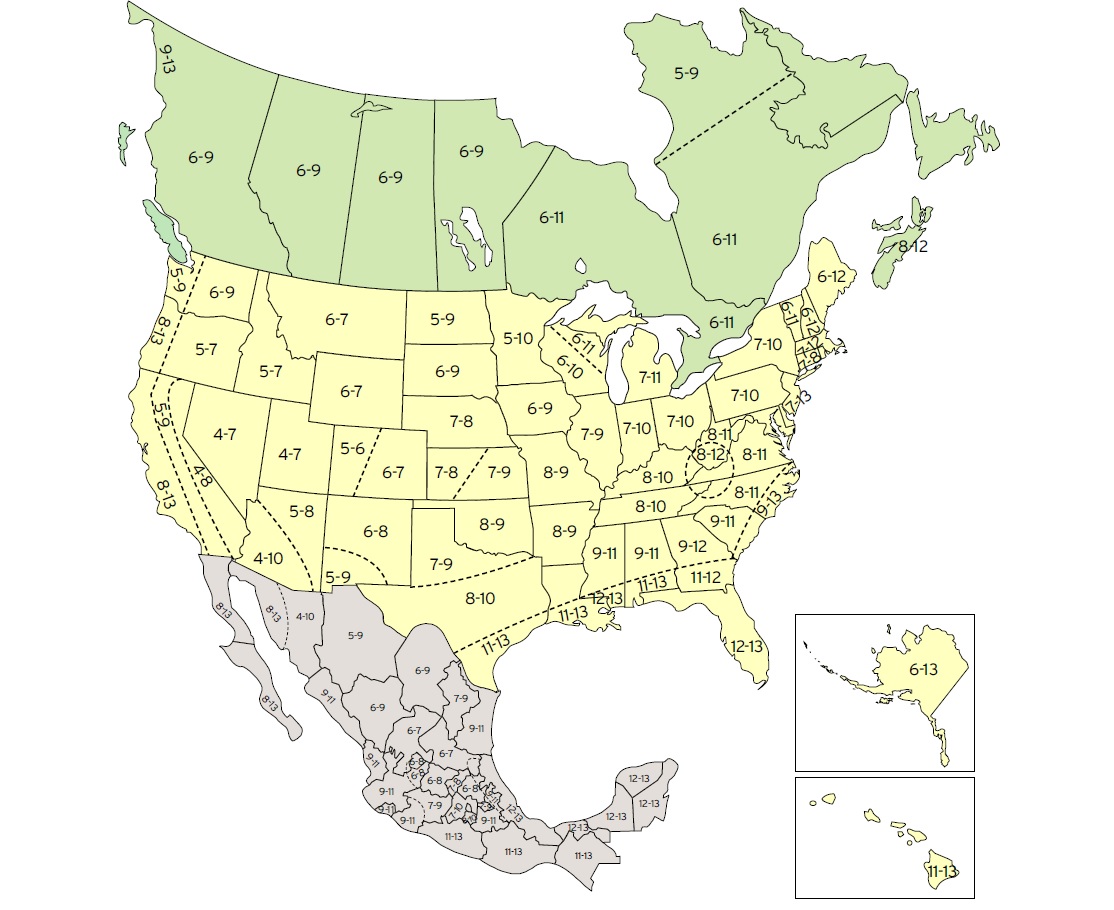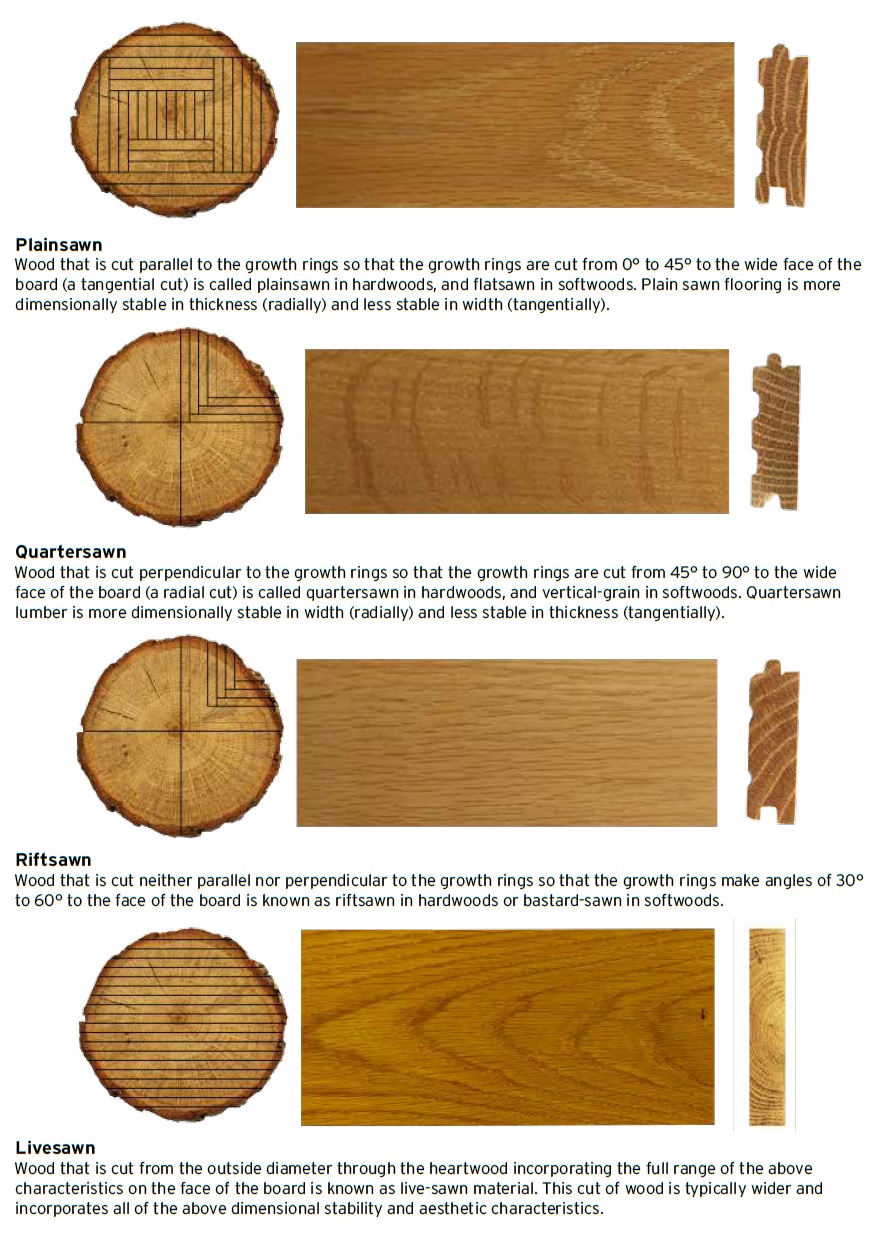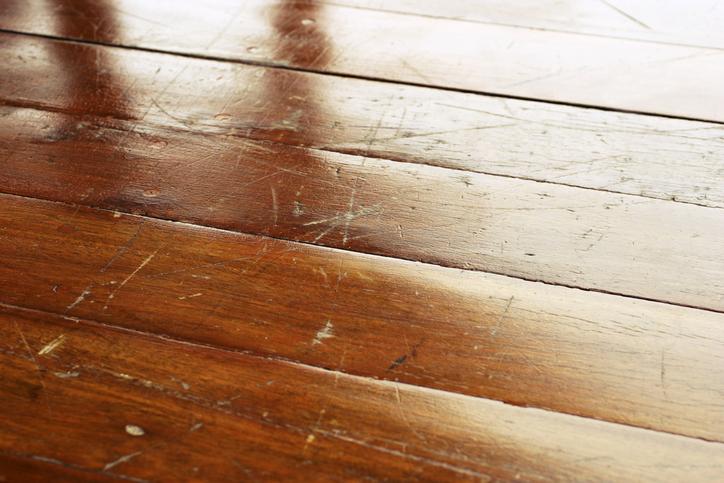There are some pros and cons to different hardness hard and softwoods. Some of the harder woods end up being less dimensionally stable, meaning that they grow and shrink more than other species as the seasons change.
Solid wood flooring is happiest at a temperature range of 60-80 degrees Fahrenheit and 30-50% relative humidity. Relative humidity (RH) is what the humidity is inside your home, not the moisture content (MC) of your flooring. In most of New England, from summer to winter, we see large swings in these humidity levels. Generally, in the winter your home will be 30% RH or sometimes less. Depending on your home heating source, you may experience even lower levels if you use a fireplace or wood stove to heat your home.

The best way to combat low levels is to have some sort of humidification system or practice in your home. If you have forced hot air, there are add on systems that can add humidity via steam to your air to help keep your home at a more stable level. If you’re using wood heat, adding a kettle to the top of your stove to release steam can help to an extent. Not only will your flooring be happier, but you and your skin will be as well.
When wood expands and contracts, it does so along the growth rings. Most of our flooring options are sold as flatsawn, a variety where the growth rings run for the most part, parallel to the surface you’d walk on. That means as the wood grows or shrinks, it does so with the width of the plank.
There are two flooring options that we offer in a quartersawn cut. Both our White and Red Oak are offered with this unique cut option. When the lumber is cut from a log this way, the growth rings run perpendicular to the surface of the flooring. That means as the wood gains or loses moisture content, it tends to get thicker or thinner, rather than seeing a change in the width of your planks.

In New England, you will likely see a change from summer to winter of 5% moisture content of your flooring. Below are the changes in width you might expect to see from winter (6% MC) to summer (11% MC) in a 6” width plank.
White Oak (quartersawn): 0.056”
The better control you have over the humidity in your home, the less movement you’ll see with your flooring. Gapping between planks will happen when wood experiences changes to its moisture content, as best put by the NWFA:
Gaps: Nearly every solid wood floor presents some separation between the individual boards – gaps – throughout the floor. In the winter months, when the air in the building is heated, the surrounding air loses moisture and relative humidity levels drop. When this happens, moisture is lost and gaps appear between individual boards throughout the floor.
This is a normal phenomenon and is directly related to the environmental conditions the wood is being exposed to. Once the interior heating systems are turned off and the indoor environment regains moisture, most of these seasonal gaps will disappear. The only way to avoid seasonal change in wood flooring is to maintain consistent relative humidity levels throughout the year.
It is important not to fill seasonal gaps when they appear as this could cause subsequent damage to the wood flooring as it expands again in the humid seasons.
-National Wood Flooring Association Technical Publication: Moisture and Wood, 2017 pg. 30-31










